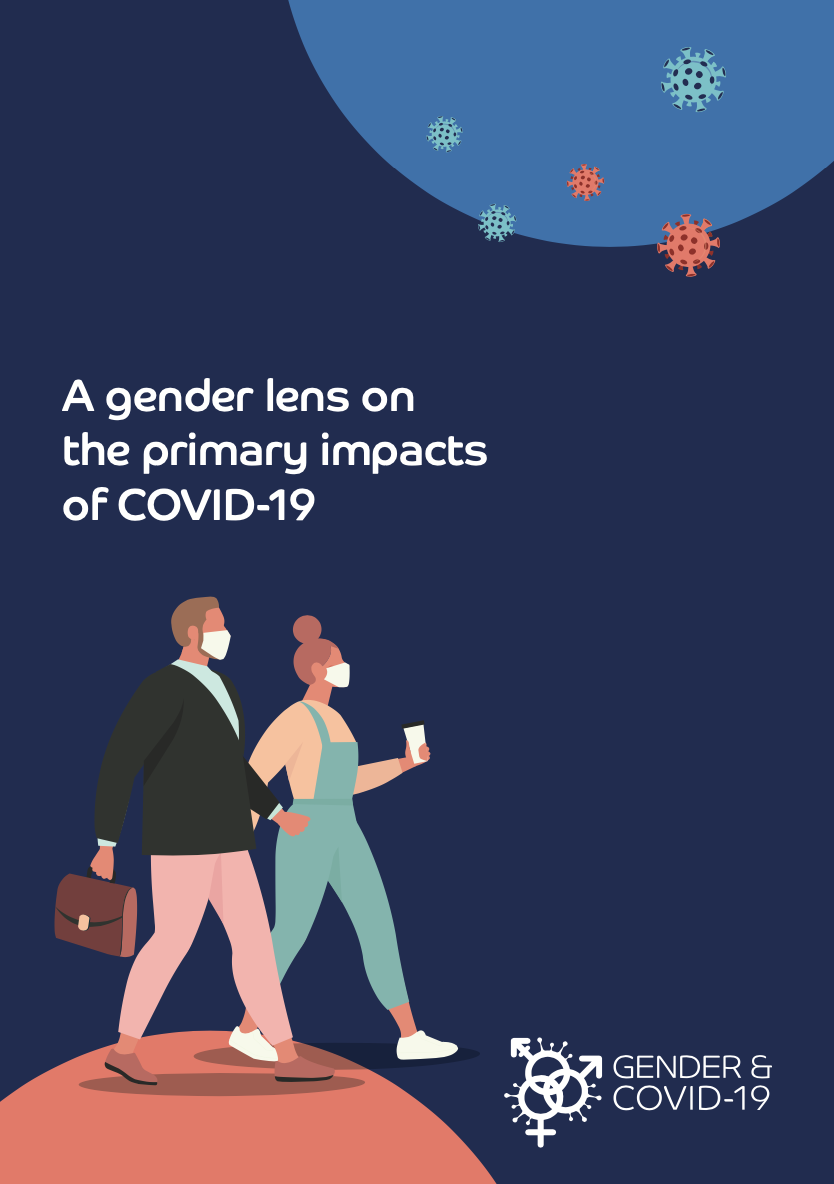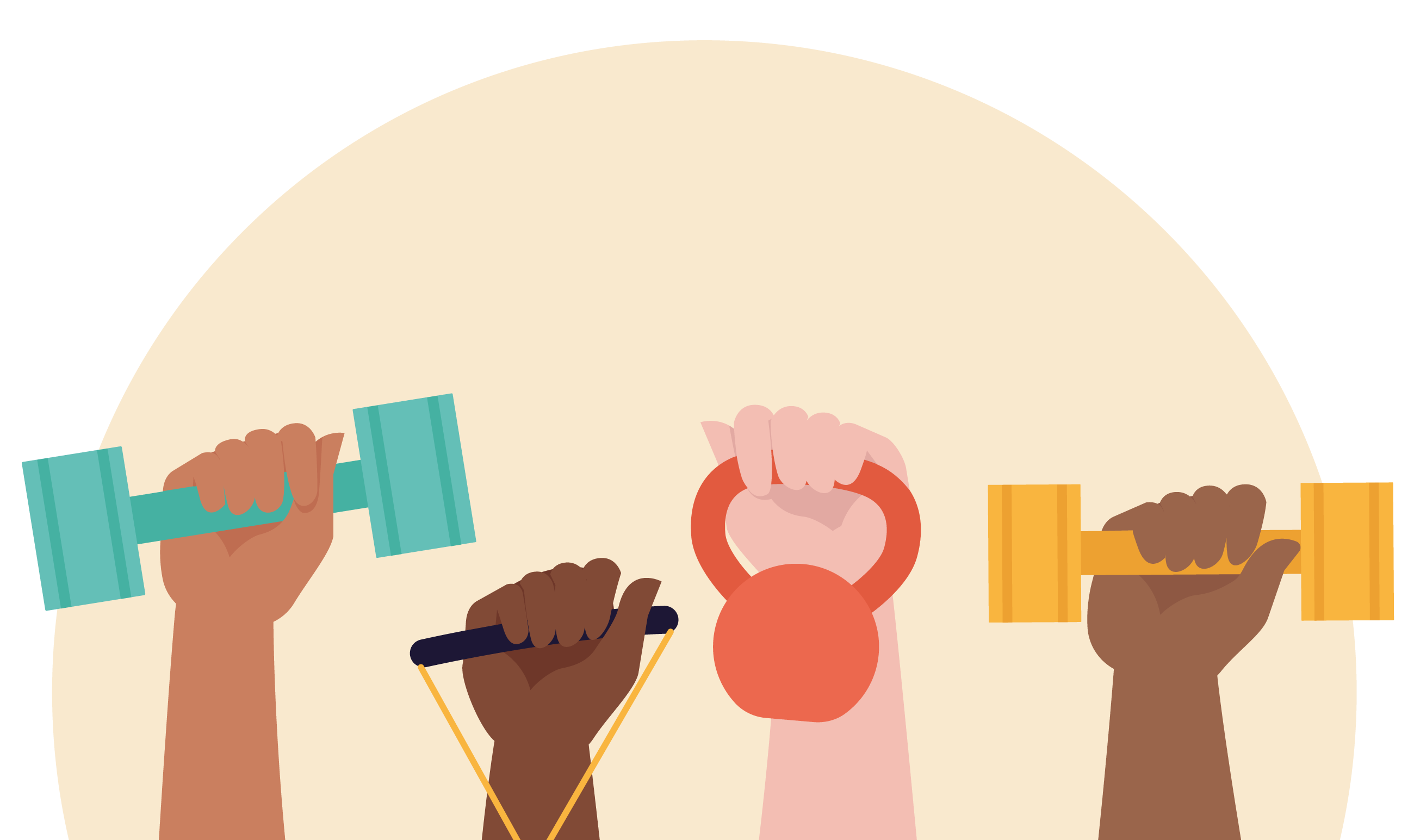Key messages
- Primary impacts of pandemics include vulnerability and exposure to illness, disease incidence, duration and severity, mortality and certain prevention measures.
- The interaction of biological, psychosocial, and behavioral factors – including sex and gender – influence primary impacts directly and indirectly.
- Examining disparities in COVID-19 risk and health outcomes through an intersectional gender lens is essential for disease prevention and control and can also help to address inequalities.
Pandemics tend to be accompanied by disparities in vulnerability and exposure to illness and health outcomes – including disease incidence, duration, and severity – between, and among men, women, and gender minorities. Individual and population health are influenced by biology (i.e., sex) as well as social environments, and different facets of identity – of which gender is a major component. Along with race, age, socioeconomic status and other drivers, sex, and gender play a significant role in shaping disease risk, transmission and health outcomes during pandemics.
While we would like to explore the impacts of pandemics as it relates to trans people there is little evidence in this area and therefore the points made in this brief mostly relate to men, women, boys and girls.
A gender lens on the primary impacts of COVID-19






